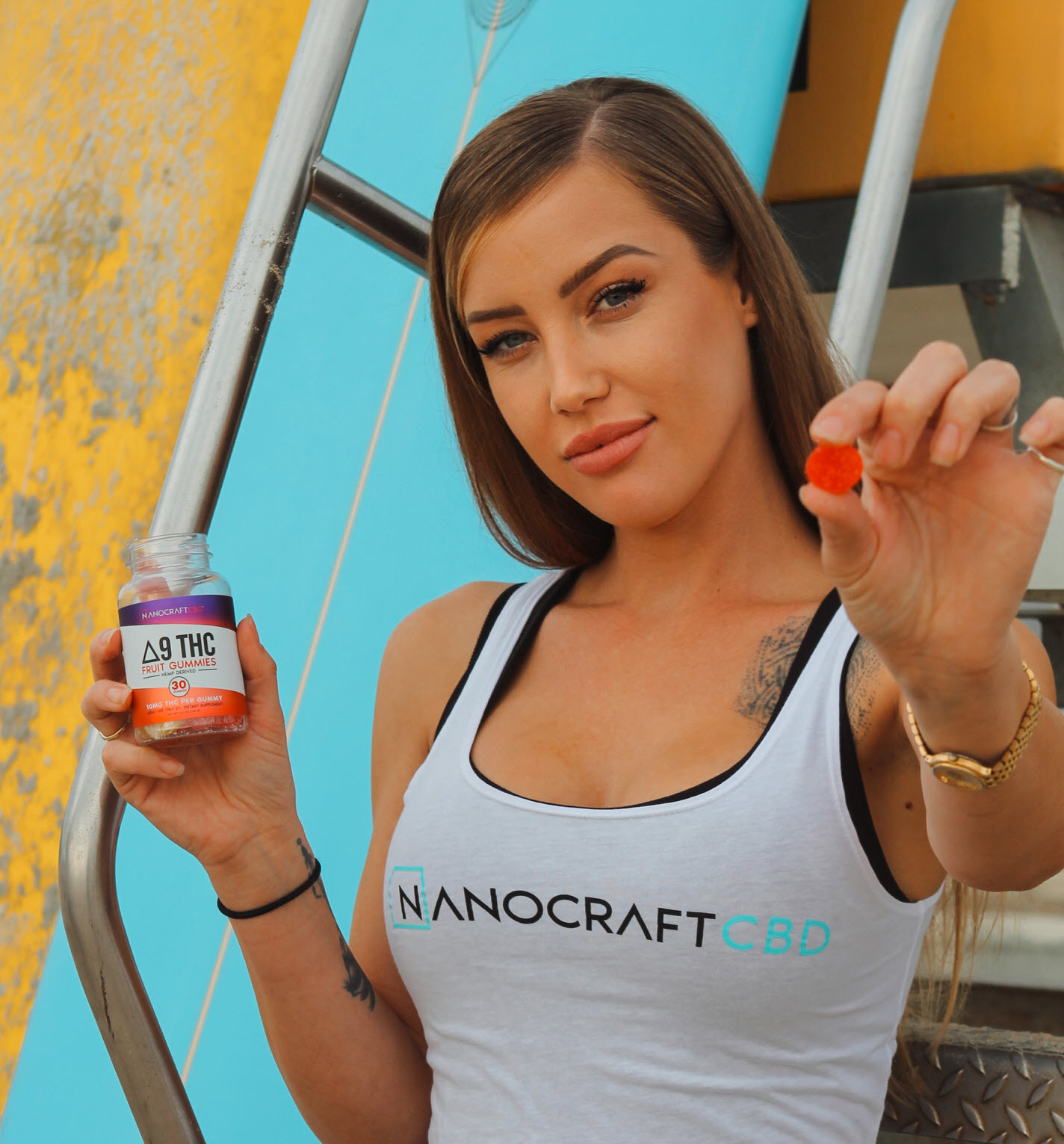Understanding the Bioavailability of Delta 9 in Gummies
Gummies have become a popular choice for consuming cannabinoids, including Delta 9, due to their convenience and delicious flavors. However, when it comes to extracting the maximum benefits from these gummies, it is essential to understand the concept of bioavailability and its impact on the absorption of Delta 9 into our bodies.
The Role of Bioavailability
Bioavailability refers to the extent and rate at which a substance, in this case Delta 9, is absorbed and becomes available for the body to use. In simpler terms, it determines how much of the Delta 9 compound from the gummies actually enters and circulates within our system, exerting its effects.
It is important to note that bioavailability is influenced by several factors, including the delivery method, formulation, and individual physiological characteristics. When it comes to gummies, the bioavailability of Delta 9 can be affected by the way it is processed, the ingredients used, and how it interacts with our digestive system.
Factors Affecting Bioavailability
One of the primary factors influencing the bioavailability of Delta 9 in gummies is the digestive process. After consuming a gummy, it travels through the gastrointestinal tract, where it undergoes digestion and absorption into the bloodstream. During this process, some of the Delta 9 may be lost or broken down before it can be effectively used by the body, resulting in a lower bioavailability.
An additional factor to consider is the formulation of the gummies itself. The way in which Delta 9 is extracted, concentrated, and incorporated into the gummy can impact its bioavailability. Some formulations may result in a higher bioavailability, while others may be less efficient in delivering Delta 9 to the body.
Challenges and Tradeoffs
When it comes to designing gummies with optimal bioavailability, manufacturers face certain challenges and tradeoffs. Striking a balance between a great tasting gummy and maximizing bioavailability can be a complex task. Ingredients that enhance bioavailability may have a negative impact on taste and texture, making it difficult to create a product that satisfies both aspects.
Moreover, individual responses to cannabinoids can vary, meaning that different people may experience different levels of bioavailability. Factors such as metabolism, body composition, and even gut health can influence the absorption and utilization of Delta 9 from gummies.
Importance of Considering Bioavailability
When making decisions about Delta 9 gummies, it is crucial to consider the impact of bioavailability. A gummy with high bioavailability ensures that a larger proportion of Delta 9 is absorbed into the bloodstream, increasing the potential benefits. On the other hand, a gummy with low bioavailability may require higher doses to achieve the desired effects.
Understanding bioavailability can guide consumers in choosing the right gummies for their needs. It can help determine the optimal dosage and frequency of consumption to achieve the desired effects while avoiding unnecessary overconsumption and potential side effects.
Conclusion
The bioavailability of Delta 9 in gummies is a crucial factor to consider when seeking the maximum benefits from cannabinoid consumption. By understanding the various factors that influence bioavailability, including formulation, digestion, and individual differences, consumers can make informed decisions about their Delta 9 gummy choices.
